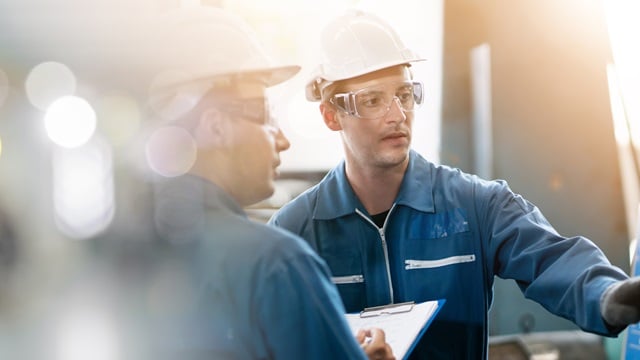
Troubleshooting
If you encounter signs of diminished output or operational irregularities, our troubleshooting experts can help with diagnosing and resolving your challenges – on site or remotely.
What We Offer
If you encounter signs of diminished output or operational irregularities, our troubleshooting experts can help with diagnosing and resolving your challenges – on site or remotely – as well as ensuring compliance with legislative requirements. Click to know more.

Reliable service, wherever you are
We bring you peace of mind by ensuring greater uptime to maximize your productivity and return on investment. Wherever you are, and whatever you need, our global service network supports you with parts, assessments, and expertise. Get in touch with us now and we will get back to you shortly.

